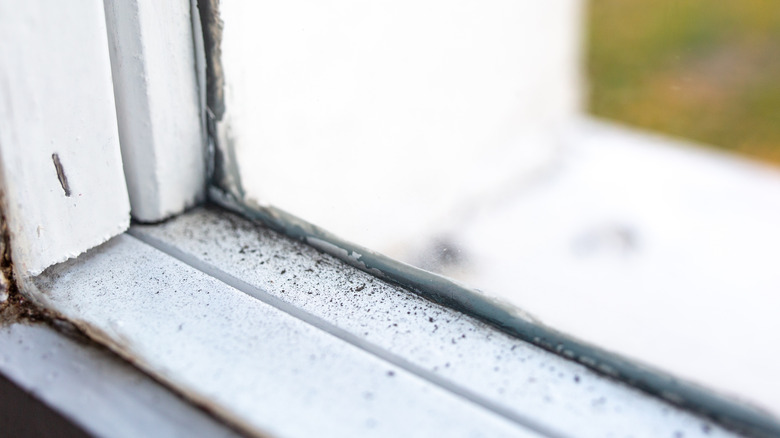The $40,000 Mistake Chip And Joanna Gaines Made On Fixer Upper
For years now, Chip and Joanna Gaines have become synonymous with the world of home improvement. The "Fixer Upper" stars, who went on to create Magnolia Network, have long been at the forefront of the home and garden world. With several shows under their belt, a home decor line with Target, and a successful magazine, the home improvement darlings seem to have a monopoly on the industry.
Yet, with popularity such as theirs, the two are no stranger to controversy. Among the list of Chip and Joanna Gaines' biggest "Fixer Upper" regrets are more personal anguishes, such as involving their kids in the show or choosing work over being there for important life moments. However, nothing tops their run-ins with the law. In 2017, Chip faced a lawsuit from his friends and former business partners, John Lewis and Richard Clark.
Although the case was dismissed a few years later, the couple faced legal trouble from the government a year after the lawsuit.
Chip and Joanna Gaines legal controversy
On their now-defunct HGTV show "Fixer Upper," Chip and Joanna Gaines worked on all sorts of crumbling homes that still had a ton of potential. With the nature of the show, it was common for the Gaineses to fix up homes that were older than some regulations made by the Environmental Protection Agency. In 2008, the EPA created the Lead-Based Paint Renovation, Repair, and Painting Rule (RRP Rule) that instructed workers to be certified and trained in lead-safe work practices when working on homes that were built prior to 1978, which can possibly contain lead.
According to the EPA, the work that the Gaineses did on 33 properties violated the RRP Rule. Among the violations that the agency found, Chip and Joanna failed to get a certification from the EPA before starting renovations, place a certified renovator on the projects, give homeowners a certified pamphlet about the dangers of lead paint before the renovation started, put up signs that marked off the renovation area, and comply with all of the RRP Rule's regulations.
The EPA and Magnolia reached a settlement, with the Gaineses paying a $40,000 civil penalty. They also promised to spend $160,000 on a project that will lower lead-based paint hazards in the community.
What are the dangers of lead paint?
According to the U.S. Department of Housing and Urban Development, lead is highly toxic, especially for children. The metal can be absorbed into the body, resulting in damage to the kidney, brain, nerves, and blood. The toxic material can also cause behavioral problems, learning disabilities, seizures, as well as death. If you have kids between the ages of one and two, have their blood tested. Kids between three and six who haven't been tested should be if they've come in contact with a house built before 1950 or have visited a recently renovated house built before 1978.
There are a number of ways in which lead can enter the body: swallowing paint chips or dust, inhaling lead, or absorbing the substance are the most common ones. It's through inhaling the toxic metal that your body takes in more lead. Symptoms of lead poisoning can show up as constipation, stomach pain, headaches, irritability, lack of appetite, fatigue, and memory loss.
If your house was built before 1978, you should mop your floors weekly, remove your shoes when entering the house, use a damp paper towel to wipe down flat surfaces and discard them immediately, vacuum carpets and upholstery, and pick up loose paint chips with a paper towel and toss it into the trash. Most importantly, you should have a lead professional test your home and soil for traces of the metal.


